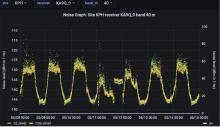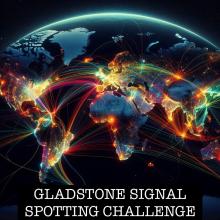Ham Radio Science Citizen Investigation
Advance scientific research and understanding through amateur radio activities.
Encourage the development of new technologies to support this research.
Provide educational opportunities for the amateur community and the general public.
The HamSCI Community is led by The University of Scranton Department of Physics and Engineering W3USR, in collaboration with Case Western Reserve University W8EDU, the University of Alabama, the New Jersey Institute of Technology Center for Solar Terrestrial Physics K2MFF, the MIT Haystack Observatory, TAPR, additional collaborating universities and institutions, and volunteer members of the amateur radio and citizen science communities. We are grateful for the financial support of the United States National Science Foundation, NASA, and Amateur Radio Digital Communications (ARDC).
Quick Links















